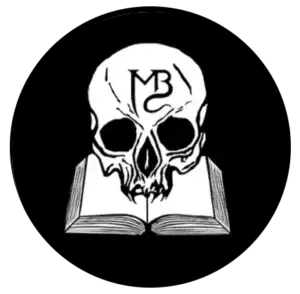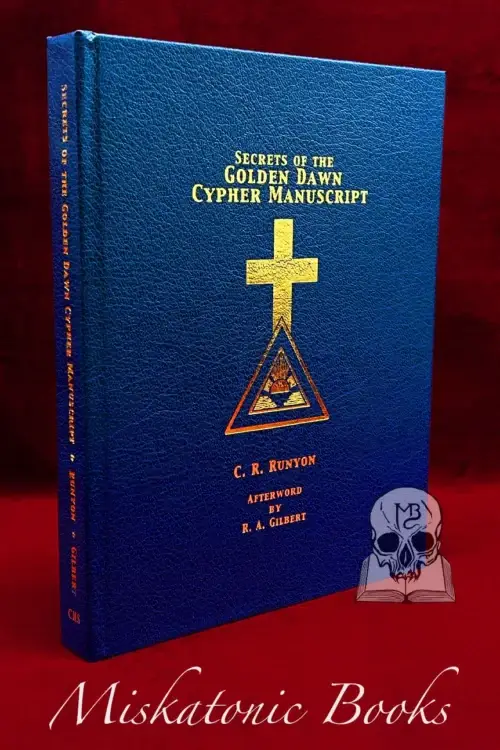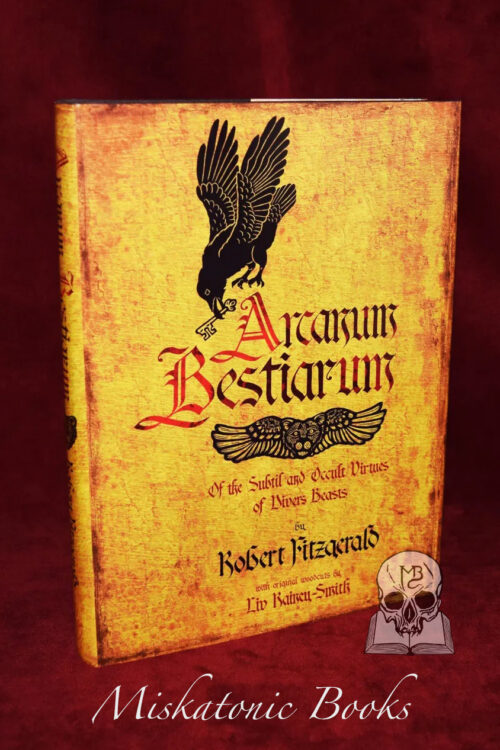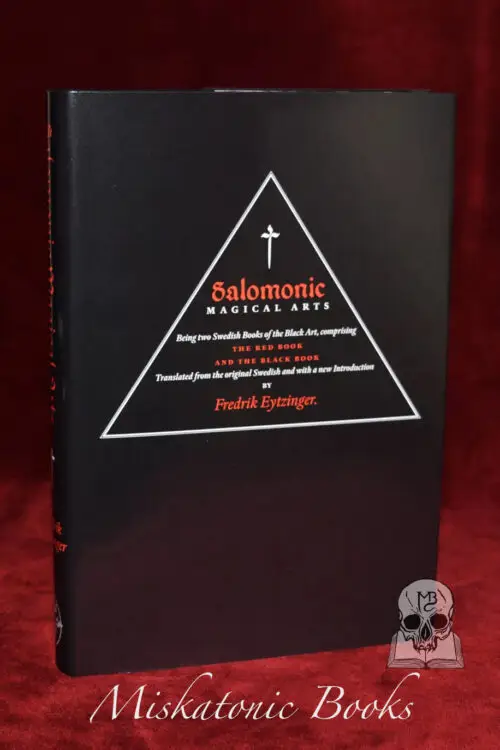Neoplatonism, a philosophical system that emerged in the 3rd century CE, represents a significant development in the history of Western thought. Rooted in the teachings of Plato, Neoplatonism sought to unravel the mysteries of existence, consciousness, and the divine. This article delves into the historical timeline of Neoplatonism, exploring its key figures, doctrines, and enduring impact on philosophy.
Historical Timeline:
- Late Antiquity (3rd Century CE):
- Neoplatonism originated in the 3rd century CE, primarily through the teachings of the philosopher Plotinus (204–270 CE).
- Plotinus, considered the founder of Neoplatonism, synthesized elements from Plato’s philosophy, Aristotle’s thought, and Eastern mysticism to form a comprehensive metaphysical system.
- Plotinus (204–270 CE):
- Plotinus’ Enneads, a collection of his writings compiled by his student Porphyry, serves as the primary source for understanding Neoplatonic philosophy.
- Central tenets of Plotinus’ thought include the concept of the One (or the Good), the emanation of reality from the One, and the return of the soul to the divine through philosophical contemplation.
- Porphyry (234–305 CE):
- Porphyry, a student of Plotinus, continued and systematized Neoplatonic ideas in his work “The Sententiae.”
- He also wrote biographies of famous philosophers, providing valuable insights into the lives and thoughts of his predecessors.
- Iamblichus (c. 245–325 CE):
- Iamblichus, another prominent Neoplatonist, emphasized theurgy (rituals and divine intervention) as a means to achieve spiritual ascent.
- He diverged from Plotinus by introducing a more complex cosmology and a hierarchical structure of divine beings.
- Proclus (412–485 CE):
- Proclus, the last major philosopher of classical Neoplatonism, further developed the system, emphasizing the role of metaphysical principles and theurgy.
- His influential work, “The Elements of Theology,” became a cornerstone text in Neoplatonic philosophy.
- Decline and Influence (5th–6th Centuries CE):
- With the decline of the Roman Empire, Neoplatonism gradually waned in influence.
- However, its ideas persisted in the works of later philosophers, especially in the writings of Augustine of Hippo and other Christian theologians who incorporated Neoplatonic elements into their theological frameworks.
- Medieval and Renaissance Revival (12th–17th Centuries):
- Neoplatonic ideas experienced a revival during the Middle Ages and the Renaissance, influencing thinkers such as Thomas Aquinas, Marsilio Ficino, and Giovanni Pico della Mirandola.
- The emphasis on the spiritual ascent of the soul and the connection between the divine and the material world continued to resonate during these periods.
- Modern and Contemporary Philosophy:
- Neoplatonism’s legacy can be traced in various strands of modern and contemporary philosophy, particularly in the works of existentialists, phenomenologists, and scholars interested in the intersections of philosophy and mysticism.
Neoplatonism, with its emphasis on the metaphysical journey of the soul and the interconnectedness of all existence, remains a profound and enduring influence on Western philosophy. From its origins in the 3rd century CE to its revival in later periods, Neoplatonism continues to inspire philosophical inquiry into the nature of reality, consciousness, and the divine.
Books Regarding Neoplatonism
-
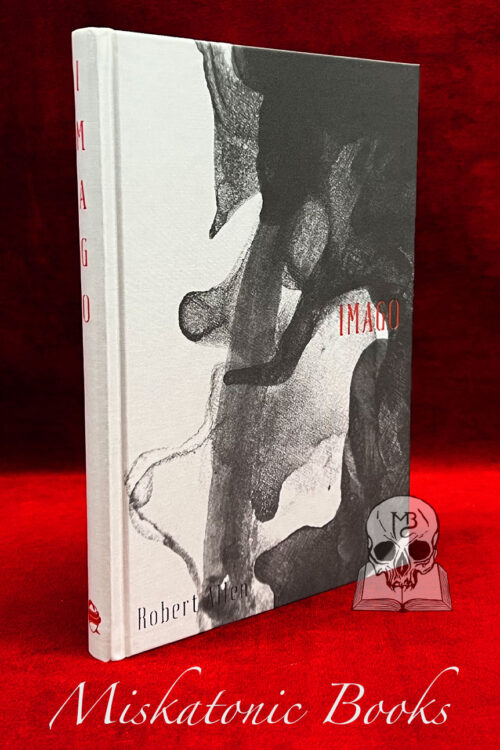 IMAGO: BODY. VISION. MAGICK By Robert H. Allen – Limited Edition Hardcover$75.00 — or
IMAGO: BODY. VISION. MAGICK By Robert H. Allen – Limited Edition Hardcover$75.00 — or$75.00Original price was: $75.00.$18.75Current price is: $18.75. / month for 4 months
